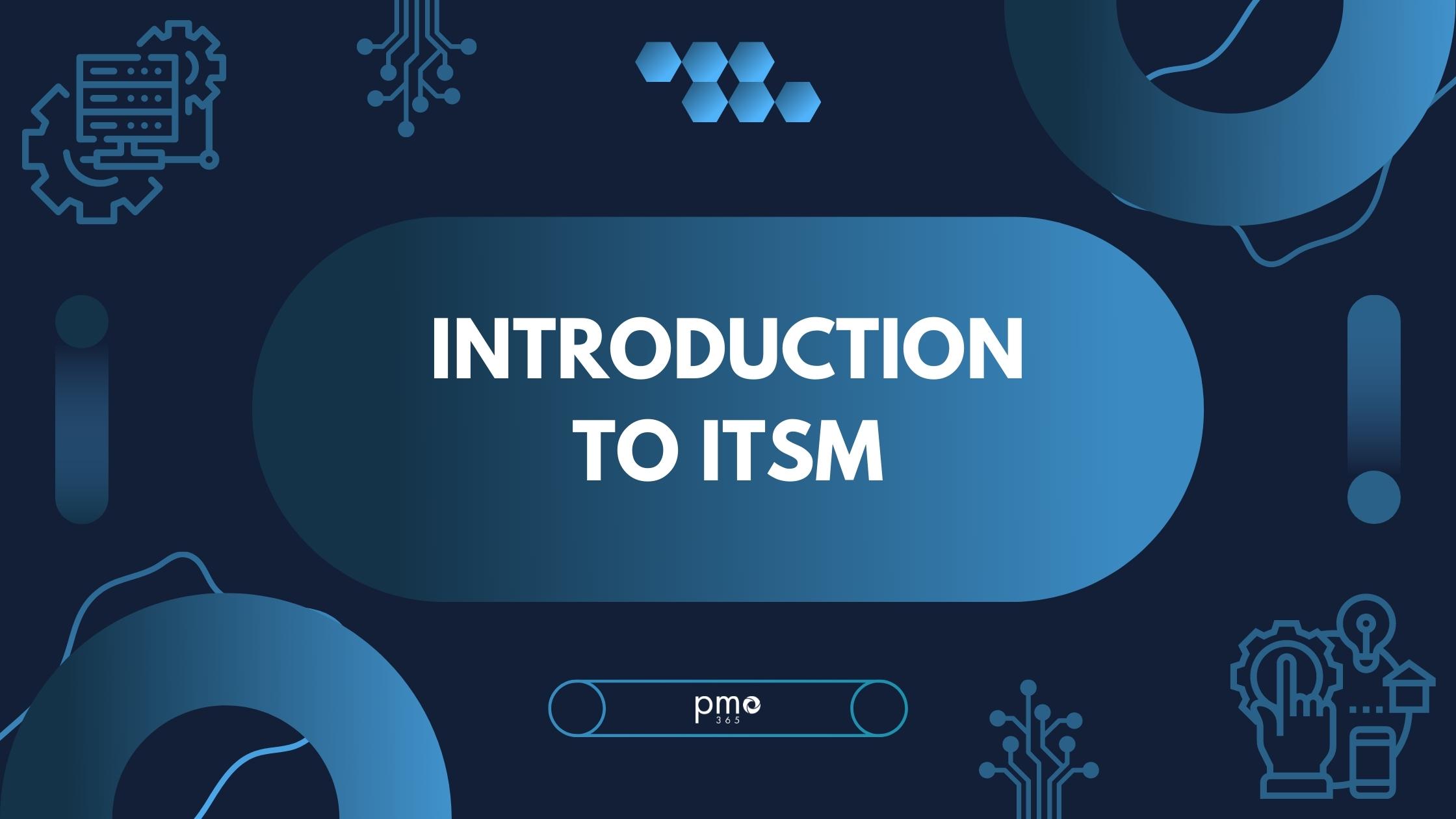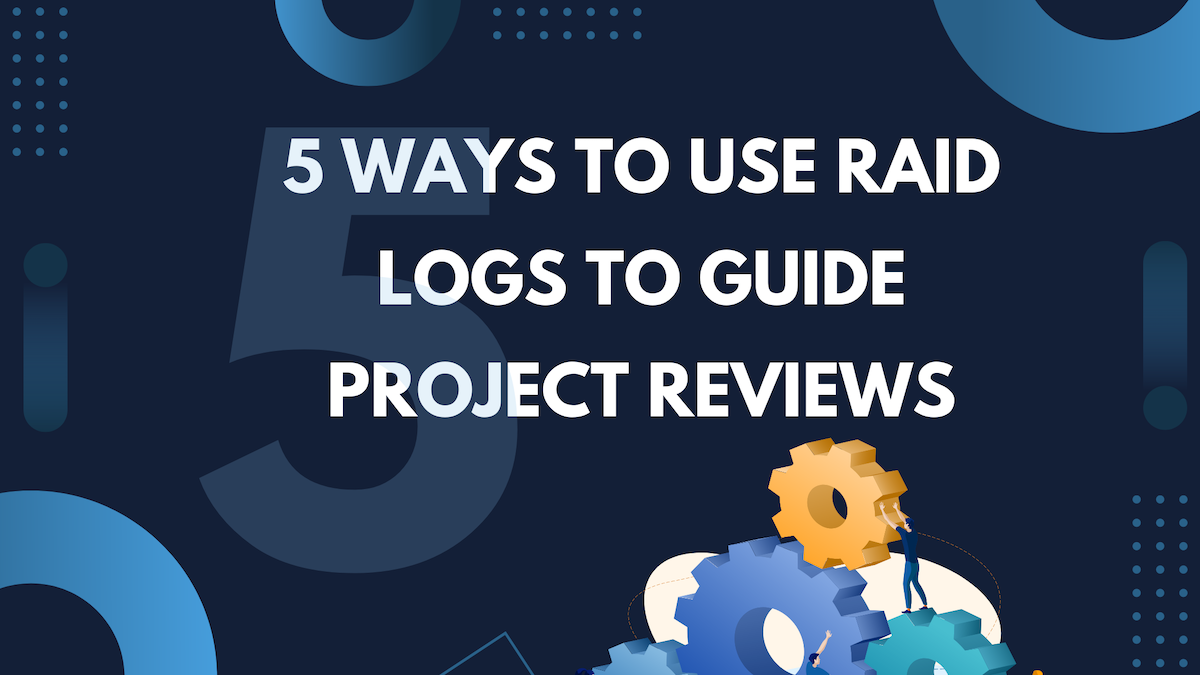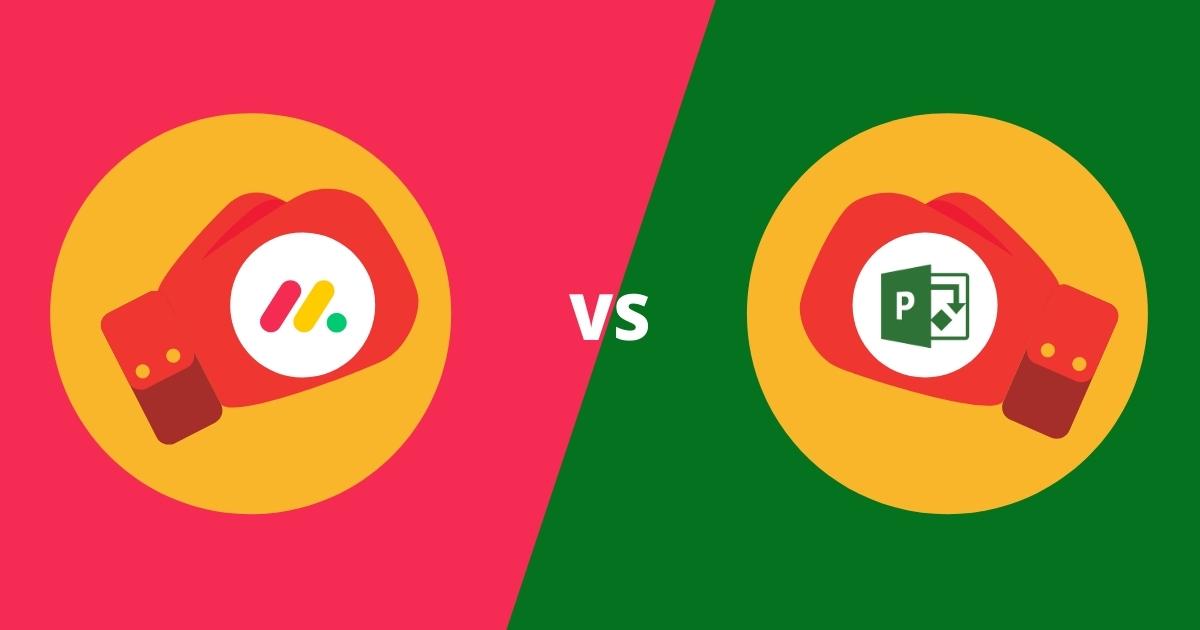Benefits management is gaining traction and it is not just because of hype. Research shows that there is a positive relationship between benefits management and project success. This particularly in regards to the creation of business value. Be sure to steer clear of these 5 common benefits management mistakes to reap the full rewards of benefits management.
What is Benefits Management?
Before diving into what not to do, let’s clarify why benefits management is about.
Benefits Management, also known as Benefits Realisation Management (BRM), is the structured approach that identifies, plans, measures and tracks benefits throughout the entirety of the programme or project lifecycle.
Its main purpose is to give organisations proper visibility over their portfolio and its business value at any given moment. When done correctly, it is a powerful approach that allows organisations to:
- Ensure they align their projects and their benefits with the business strategy and objectives. This ensures all projects generate business value, not just profit.
- Measure and track the actual quantifiable benefits achieved by programmes and projects within its portfolio.
- Gain visibility and control over the project portfolio delivery and impact on the overarching business strategy.
Benefits Management ensures organisations don’t wait until the end of a project to see whether it has made an impact. Putting Benefits Management processes in place allows organisations and key decision-makers to ensure projects address objectives from the beginning. As a result, benefits managements increases project’s impact, value, and success.
Clearing out Benefits Management Myths with Truths
While there are significant rewards for implementing benefits managements, there are some misconceptions about benefits management which we’ll address below:
Two critical myths of benefits management:
- All successful projects have benefits.
- So long as projects are on-time, under-budget, within scope and delivering on predefined outcomes, they must be beneficial.
Two critical benefits management truths:
- Benefits realisation needs to start from the very early stages of a project.
- Organisations mostly realise their benefits long past project closure.
We’ll talk more about these myths and truths in the sections below.
Mistake 1: Not building from the ground up
When you hear about how amazing BRM is, you can’t help but want to implement it immediately. Organisations often hastily bring in an external team to introduce a whole new set of benefits management frameworks. Oftentimes, this results in organisations grafting these frameworks onto their pre-existing processes and projects. Arbitrarily adding benefits management frameworks that are out of context is certain to set your implementation up for failure.
Benefits beginners often mistake benefits for value and fail to get the results they desire. Remember, benefits on their own are meaningless. Projects are about gaining value, not just getting benefits.
That is why it is critical to build your benefits management implementation from the ground up. Drafting frameworks without an understanding of an organisation’s context and reasons behind their activities leads will only bring meaningless value.
There are circumstances which may appear better to not build from the ground up. These may include a lack of organisational buy-in and support, the perception that BRM is overly bureaucratic and time-consuming, and a lack of linkages of BRM to other PPM activities.
Avoid this mistake by: Learning the true value of BRM, securing buy-in from key leadership figures, and getting encouraging people to invest in the BRM activities early on.
Mistake 2: Failing to properly adapt project governance structures
One of the follow on effects of not building BRM from the ground-up is that they are drafted onto pre-existing frameworks that do not support benefits delivery. Traditional project management frameworks are designed to account for the traditional ‘iron triangle’ constraint of time, quality, and cost. However, benefits cover a wider range of both tangible and intangible measures that require new measurements and monitoring dimensions.
Some of the reasons why project governance structures fail to accommodate BRM include an inadequate understanding of benefits and their different types, the differences between outputs and outcomes as well as the difference between project appraisal and proper benefits management.
Avoid this mistake by: getting a good understanding of BRM terminology and rebuilding your project governance frameworks to accommodate BRM.
Mistake 3: Unverifiable and inadequate measurements
All too often benefit measurements are defined in an ad-hoc manager by unqualified people who carry their own biases and assumptions. These assumptions can often lead to faulty causality relationships and lead to a critical gap in your BRM activities.
Another contributing factor to this mistake is the fact that there are no real agreed-upon ways of measuring benefits. As mentioned prior, project value and by extension benefits are highly contextual to the organisation. There is no point in applying pre-made frameworks if the benefits that are being tracked are not aligned with the organization’s strategic objectives. Additionally, this problem often results in generalized benefit measurements being put in place that cannot be properly verified with sufficient evidence.
Finally, beginner benefit managers often make the mistake of not measuring enough. We always say the best policy is the ‘measure early and measure often’. When you pair this problem with the prior mentioned mistakes, you more often than not end up with an unsuccessful BRM implementation.
Avoid this problem by: Measure right, measure early, measure often.
Mistake 4: Lack of Proper Benefits Ownership and Accountability
Benefits Management is an enterprise-wide activity and cannot simply be left in the hands of a single person or team for the implementation to be successful. There are several critical roles the contribute to successful BRM including:
- Senior responsible owner: responsible for project or programme success through the delivery of expected benefits
- Programme or project manager: responsible for delivering the capabilities and ensuring day-to-day management of activities with a focus on benefits realisation
- Benefits Owner: in charge of directing and coordinating transitional arrangements of projects into business as usual and embedding new capabilities to deliver expected benefits.
- Program or project management office: responsible for maintaining benefit documentation, providing support and advice for BRM practices and reporting on BRM progress
- Organisational board: responsible for maintaining strategic oversight of the full portfolio of benefits.
Many BRM beginners also make the mistake of viewing benefits within the time frames of projects themselves, when benefits can be realized long past the closure of the project. For example, a new customer management application cannot instantly fulfil all its predetermined benefits and may even take years and multiple iterations before reaching its full potential.
Prior mention issues of lack of organisational buy-in can be one of the biggest contributing factors to this mistake. When BRM is simply viewed as a ‘new inconvenience’ within the organisation, ownership and accountability of benefits begins to wane. As with all new implementations, getting results early is a critical way of increasing buy-in, but without the full cooperation of teams, that feat is a hard one to achieve.
Avoid this mistake by: Make benefits ownership and responsibility clear from the beginning, build organisational buy-in and keep track of long-term benefits.
Do Benefits management right with the right PPM software
Benefits management involves a lot of tracking, monitoring, reporting and communicating. Your BRM activities will struggle to be truly successful without effective PPM software that is adaptable to your specific needs. Lucky for you, the pmo365 are experts at developing benefits management systems and have built their solution to adapt specifically to the unique needs of BRM.
Here are some ways pmo365 improves your Benefits Management:
- Provides all-around support throughout the entire Benefit Management process in the form of training, monitoring and roadmap support.
- Ensures all business cases for project proposals have defined benefit profiles, owners and governance structures before they are submitted.
- Helping benefit owners keep track of their activities as efficiently as possible
- Advising the level of benefits management needed to suit the unique needs of your organisation
Want to see it in action? Make sure to book a free demo and talk directly with our PPM experts!













